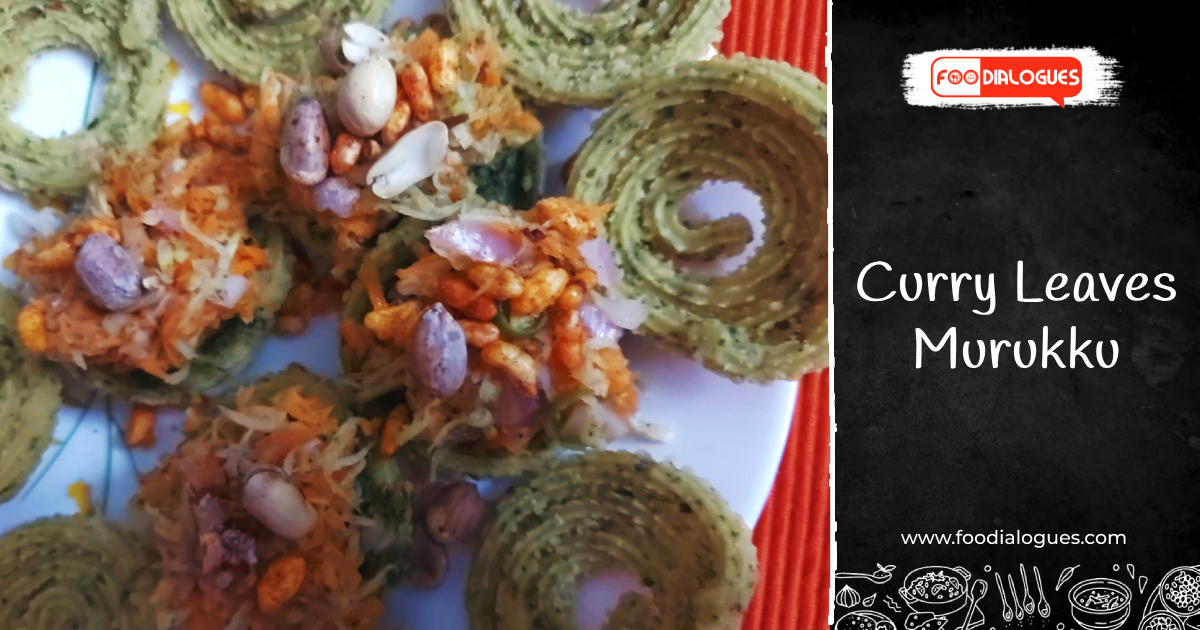Curry leaves are more than just leaves. They hold a lot of importance in many cuisines. This article explores their cultural significance in different parts of the world.
What Are Curry Leaves?
Curry leaves come from the curry tree, known scientifically as Bergera koenigii. This tree is native to Asia, especially the Indian subcontinent. The leaves are aromatic and have a unique flavor.
Physical Description
- The curry tree grows about 4 to 6 meters tall.
- It has small, white, fragrant flowers.
- The leaves are pinnate with 11 to 21 leaflets.
- Each leaflet measures 2 to 4 cm long.
Where Are Curry Leaves Grown?
Curry trees thrive in well-drained soil. They need full sun or partial shade. They grow best in warm temperatures, ideally above 18 °C (64 °F).

Historical Background
The word “curry” comes from the Tamil word “kari,” which means “blackened.” This name refers to the dark color of the leaves. Historical records show that curry leaves were used in Tamil literature from the 1st to 4th centuries CE.
Global Spread
Curry leaves were introduced to England in the late 16th century. This happened due to spice trades with the ancient Tamil region. Today, they are popular in many countries.
Culinary Uses of Curry Leaves
Curry leaves are essential in Indian cuisine. They add flavor to many dishes. Here are some popular ways they are used:
- Thoran: A mixed vegetable dish.
- Vada: Fried lentil snacks.
- Rasam: A spicy soup.
- Kadhi: A yogurt-based curry.
- Sambar: A vegetable stew.
Flavor Enhancer
In southern Indian cooking, curry leaves are often fried with oil and spices. They are a key ingredient in many spice blends called masalas. This technique enhances the flavor of dishes like masala dosa.
Cultural Significance in India
Curry leaves are deeply rooted in Indian culture. They are used in rituals and traditional medicine. People believe they have health benefits.
Health Benefits
Some common beliefs about curry leaves include:
- They may help with digestion.
- They are thought to have anti-diabetic properties.
- They are rich in antioxidants.

Significance in Other Cultures
While curry leaves are popular in India, they are also used in other cuisines. For example:
Southeast Asian Cuisine
In countries like Malaysia and Indonesia, curry leaves are used in various dishes. They add a distinct aroma and flavor to curries and soups.
Caribbean Cuisine
In some Caribbean dishes, curry leaves are used for seasoning. They contribute to the unique flavors found in island cooking.
Cooking Tips for Curry Leaves
When using curry leaves, freshness is key. Here are some tips:
- Always wash them before use.
- Add them early in the cooking process for better flavor.
- Store them in a cool, dry place to maintain freshness.
Frequently Asked Questions
What Are Curry Leaves Used For?
Curry leaves are essential in various dishes, enhancing flavor and aroma, especially in Indian cuisine.
Where Do Curry Leaves Originate?
Curry leaves are native to the Indian subcontinent, thriving in tropical and subtropical regions.
How Do Curry Leaves Benefit Health?
Curry leaves are rich in antioxidants, aiding digestion and promoting overall health benefits.
Can Curry Leaves Be Grown At Home?
Yes, curry leaves can be easily grown in pots or gardens, requiring well-drained soil and sunlight.
Conclusion
The cultural significance of curry leaves in different cuisines around the world is immense. They are not just a flavoring agent but also a part of traditions. From Indian dishes to Southeast Asian and Caribbean cuisines, curry leaves play a vital role. Understanding their uses and importance helps appreciate the diversity of culinary practices worldwide.
Next time you enjoy a dish with curry leaves, remember their rich history and cultural significance.


